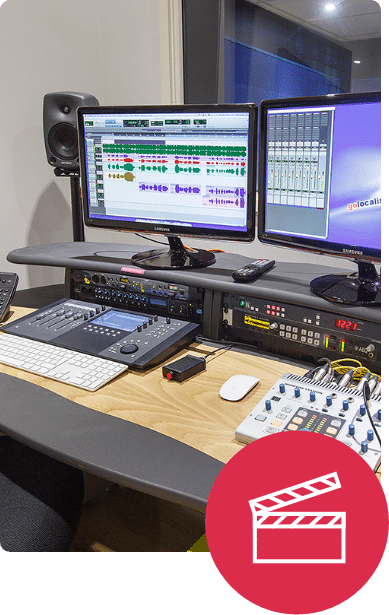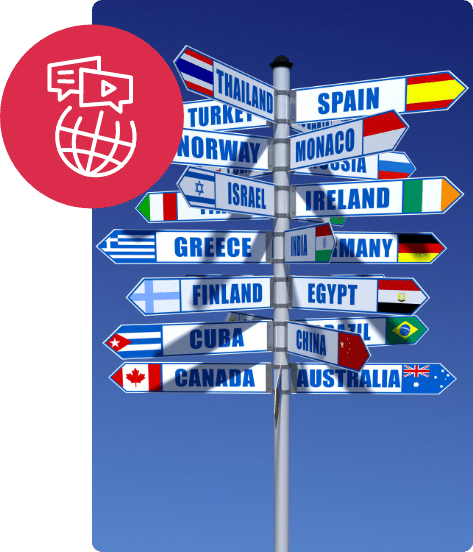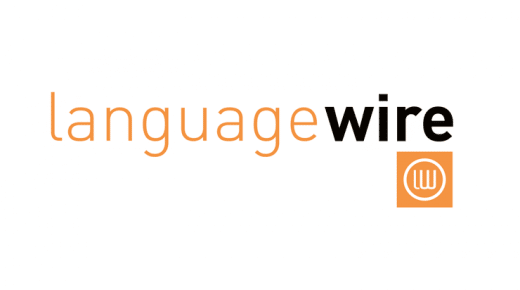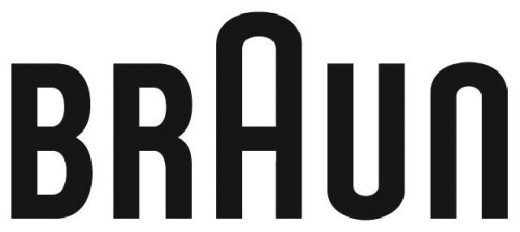Maya Language Services
Order High-Quality Maya Translation Services
- Translation, Transcriptions, Voiceover, Subtitling and more
- Quick Turnaround
- Native Language Experts
GoLocalise takes your Maya content to new places
GoLocalise specialises in professional English to Maya and Maya to English translation. We can also translate Maya to and from over 600 different languages.
GoLocalise is the only translation agency offering translations from Maya to any language in the world.
Maya services you can trust Quality Assured Maya Translations
The most important consideration when selecting a translation agency to handle your Maya translation is trust. Only professional translators whose native language is Maya carry out our English to Maya translations. Here’s why you should choose us:
- Strict Quality Control Process to Ensure Accuracy at Each Stage
- Quick Turnaround Time
- Maya Translation Services in Over 600 Languages
- Value-Based Pricing
- Human Language Experts
Offering High-Quality English to Maya Translation Services
GoLocalise is proud to provide a comprehensive Maya translation service, specialising in audio and video content and tailored to our clients’ needs
Maya to English Translation Services? Yes, We Offer This Too!
We also offer high-quality translation from Maya to English with a quick turnaround. We make sure that all information and nuances are properly communicated.
Thanks to our native English translators who are not only linguists and language enthusiasts, but also carry expertise in specialist subjects such as law, marketing, business, economics, physics, medicine, IT and more.
Comprehensive Audio and Video Maya Translation Services to Overcome Localisation Challenges!
With our expertise in re-versioning audio and video content, we can help you access new markets and promote your content. You will receive a comprehensive, cost-effective, and trouble-free video translation service. We can do everything from transcribing, translating, and voicing a video, to creating Maya subtitles and artistically modifying captions or on-screen text for a foreign language version of your film.
Send Your Project Viral with the Help of the UK’s Leading Maya Subtitling Company.
Subtitles occur on the screen as text in reaction to the characters’ speech or dialogue. They are typically used to transform media into a language that the audience can comprehend. If subtitles are not accurate to the spoken word on screen, the viewers’ understanding of the content can be negatively impacted. Precisely created subtitles, on the other hand, enhance the value of your video content.
That’s why we have professional linguists in place to create subtitles for your film or other video content. Our team consists of both local and foreign resources to ensure that every uttered word in another language is correctly translated.
Get High-Quality Maya Transcription Services for Your Audio and Video Content!
We provide Maya transcription services for your audio and video files. If required, we can also arrange for that French transcription to be translated into over 600 different languages. You can rest assured that your Maya transcriptions are returned on time and with our guarantee of quality.
Offering Maya Voice Over Services Delivered by Professional and Native Voice Artists!
Whether you are looking for a Maya voice over artist for your TV commercial, in-store announcement, animation, or any other form of content, look no further than our native Maya voice over services. We are a reliable voice over agency with professional voice over talents who can perform in a variety of languages and dialects for a range of purposes. No matter how complicated your voice over requirements are, we guarantee you the quickest possible turnaround with top quality. Here are some convincing reasons to choose our Maya voice over services:
- State-of-the-art sound recording studios in London
- Specialising in Maya script translations for TV, mobile, advertising, video games, and more
- Maya voice over artists (actors, radio broadcasters and TV presenters) record in Maya or even English with a Maya accent
We provide Maya audio recording services for the following projects:
- E-learning materials
- Online courses
- Training and educational recordings
- TV/radio commercials and spots
- Podcasts
- Audiobooks
- Narration for films & documentaries narration
- Corporate videos
- Corporate business presentations
- PowerPoint presentations
- Sales videos
- Sports broadcasts
- Telephony (IVR voice prompts/on-hold messages)
- Location sound
- Voice over internet protocol (VoIP) systems
- Airlines, trains, elevators/lifts, ATMs,
- In-store announcements
- Conferences/shows
- Voices for video games
- Characters and cartoons
- Lip-synching and dubbing for films & animation.
Create high impact, first time with GoLocalise as your audio and video translation service provider
- WOW your clients with first-class translations carried out by translation experts in that particular industry sector.
- Stringent quality control processes - subtitling (English) templates created and checked in-house, and timed to professional standards.
- Industry leading subtitling software to create subtitles that are perfectly timed to the exact frame and aesthetically positioned around shot changes.
- Your message faithfully and accurately delivered by experienced native subtitlers only.
- All translations are thoroughly quality checked by our experienced project managers before final delivery.
- You will receive ready-to-use videos with translated burnt-in subtitles - open captions - that are ready to be uploaded to your website. You can customise the style and look of the subtitles (font, size, colour, positioning, etc.).
- If you prefer to give your clients or viewers flexibility, why not go for subtitles that can be switched on and off in multiple languages? You can receive closed captions in the format of your choice – ready to be uploaded to YouTube or Vimeo channels, DVD or Blu-Ray.
- Go the extra mile by localising all your content. On-screen text and captions in your video can be translated and graphically edited, so that you receive a flawless foreign language version.

You deserve the best!
Leave your project to the experts at GoLocalise so that you can relax and be assured of getting top-notch results
Every single detail will be analysed, studied and looked
after so that you do not need to worry. Some would say it’s not too classy to blow our own trumpet… but we just like to point out two very important details. We have achieved ISO 9001 Quality Management certification in recognition of our consistent performance and high standards, and ISO 14001 Environmental Management because we care about our planet! And if you are still curious and want to know more about us, why not have a look at our studio page.

Working alongside translation & production companies
Having a strong audiovisual department on your side makes all the difference!
With GoLocalise you get an experienced and motivated team of professionals that work regularly alongside translation and production companies. We understand the technical requirements necessary to produce perfect foreign language and English voice overs. Our project managers will assist you along the way and we’ll break down the process and present it to you without the big words or technical industry jargon, so you don’t need to worry about the technical aspects and can simply concentrate on growing your business. By working with GoLocalise you’ll be able to offer additional services, i.e., voice over, subtitling and translation to your clients, with a partner who will deliver and on whom you can truly rely.
When working with translation companies we provide easy-to-follow guidelines so that you can provide your own translations for us to “convert” into subtitles, or voice over your translated scripts. Or if you prefer, we can take the entire project off your hands and keep things simple for you – it’ your call! We’re equally used to working with production companies, so we can deliver your translations or subtitles in any language and format of your choice – either burning-in the subtitles onto the video for you, or supplying you with XML or PNG files for you to do yourself – Adobe After Effects and Final Cut Pro ready files.
Reach your target market
Don’t leave your important communication to chance. Make sure your message is clearly understood by your audience and choose GoLocalise for your next voice over project.
We have thousands of passionate and professional voice over artists ready to work with you. No matter the type of voice you are looking for, we’ll either have it in our books or find it and source it for you. We’ll organise a casting and ensure you get the perfect voice to suit your needs.
You will also benefit from having your own dedicated project manager – a single point of contact – to guide you through your project, answer any questions you may have and make things a whole lot easier.


Meet your dedicated project manager
Your project will be in the safe hands of one of our multilingual project managers.
They will guide you through every step and ensure you understand the process. Our industry has a tendency to use lots of technical jargon but your dedicated project manager will be on-hand to untangle the mess and explain all you need to know to ensure you only pay for what you need.
If you need help in choosing the right voice over talent to deliver your message then just ask your project manager. From booking our voice over recording studios to ensuring you project is delivered on time in your chosen media, relax and let your experienced project manager take care of everything. You will receive unparalleled attention to detail and customer focus at competitive prices. You’ll wish everything was as easy as a GoLocalise voice over!
Perfect voice over recording studios
Your recordings will sound beautiful and crystal clear thanks to our high-end studio soundproofing and audio equipment, i.e. ProTools HD and Neumann microphones.
Maximise your budget by reducing the need for retakes with the help of our experienced in-house sound engineers who will professionally capture and edit your audio. And for those recordings in languages which neither you nor your client speak, we’ll bring a qualified pro to your session to add that essential ingredient. To make you feel right at home, we provide high-speed Wi-Fi Internet and air-con is available. And last but not least, we have the biggest cookie jar you’ve ever seen, that’ll make your custom brew taste even sweeter!

Maya Language Facts
The Mayan languages (alternatively: Maya languages) form a language family spoken in Mesoamerica and northern Central America. Mayan languages are spoken by at least 6 million indigenous Maya, primarily in Guatemala, Mexico, Belize and Honduras. In 1996, Guatemala formally recognized 21 Mayan languages by name, and Mexico recognizes eight more. The Mayan language family is one of the best documented and most studied in the Americas. Modern Mayan languages descend from Proto-Mayan, a language thought to have been spoken at least 5,000 years ago; it has been partially reconstructed using the comparative method. Mayan languages form part of the Mesoamerican Linguistic Area, an area of linguistic convergence developed throughout millennia of interaction between the peoples of Mesoamerica. All Mayan languages display the basic diagnostic traits of this linguistic area. For example, all use relational nouns instead of prepositions to indicate spatial relationships. They also possess grammatical and typological features that set them apart from other languages of Mesoamerica, such as the use of ergativity in the grammatical treatment of verbs and their subjects and objects, specific inflectional categories on verbs, and a special word class of “positionals” which is typical of all Mayan languages. During the pre-Columbian era of Mesoamerican history, some Mayan languages were written in the Maya hieroglyphic script. Its use was particularly widespread during the Classic period of Maya civilization (c. 250–900 CE). The surviving corpus of over 10,000 known individual Maya inscriptions on buildings, monuments, pottery and bark-paper codices, combined with the rich postcolonial literature in Mayan languages written in the Latin alphabet, provides a basis for the modern understanding of pre-Columbian history unparalleled in the Americas. Writing system > The complex script used to write Mayan languages in pre-Columbian times and known today from engravings at several Maya archaeological sites has been deciphered almost completely. The script is a mix between a logographic and a syllabic system. In colonial times Mayan languages came to be written in a script derived from the Latin alphabet; orthographies were developed mostly by missionary grammarians. Not all modern Mayan languages have standardized orthographies, but the Mayan languages of Guatemala use a standardized, Latin-based phonemic spelling system developed by the Academia de Lenguas Mayas de Guatemala (ALMG). Orthographies for the languages of Mexico are currently being developed by the Instituto Nacional de Lenguas Indígenas (INALI). Literature > he earliest texts to have been preserved are largely monumental inscriptions documenting rulership, succession, and ascension, conquest and calendrical and astronomical events. It is likely that other kinds of literature were written in perishable media such as codices made of bark, only four of which have survived the ravages of time and the campaign of destruction by Spanish missionaries. Shortly after the Spanish conquest, the Mayan languages began to be written with Latin letters. Colonial-era literature in Mayan languages include the famous Popol Vuh, a mythico-historical narrative written in 17th century Classical Quiché but believed to be based on an earlier work written in the 1550s, now lost. Almost no literature in indigenous languages was written in the postcolonial period (after 1821) except by linguists and ethnologists gathering oral literature.[98] The Mayan peoples had remained largely illiterate in their native languages, learning to read and write in Spanish, if at all. However, since the establishment of the Cordemex (1980) and the Guatemalan Academy of Mayan Languages (1986), native language literacy has begun to spread and a number of indigenous writers have started a new tradition of writing in Mayan languages
What our happy customers say
Lucas Cole
Sales and Marketing Director at Epipheo
Adam Ruddick
Head of Production at Casual Films

Kerry Gillies
Director at Synergy Language Services

Philippa Strandberg-Long
Deputy Course Leader - Acting, Italia Conti
Marion Hirst
Translation Project Manager at Language Wire

Jo Samuel
Animator at Pixel Circus

The Complete Solution To Adapt Your Content
Looking to get your entire project under one roof? Look no further, we can help you make life easier for you!

- Neumann Microphones
- On-hand Sound Engineers
- Talented Voice Over Actors
- State-of-the-art Recording Studios

- Tailored to Your Business
- Laser-Focused Project Managers
- Global Network of 600+ Languages
- Stringent Quality Control Processes

- Professional Subtitlers
- Open/Closed Captions & Web
- Industry-Standard Software
- Subtitle Burn-in & Graphic Editing

- Improve accessibility
- Reach a wider audience
- Increased SEO and video views
- Maximise your video's engagement
















